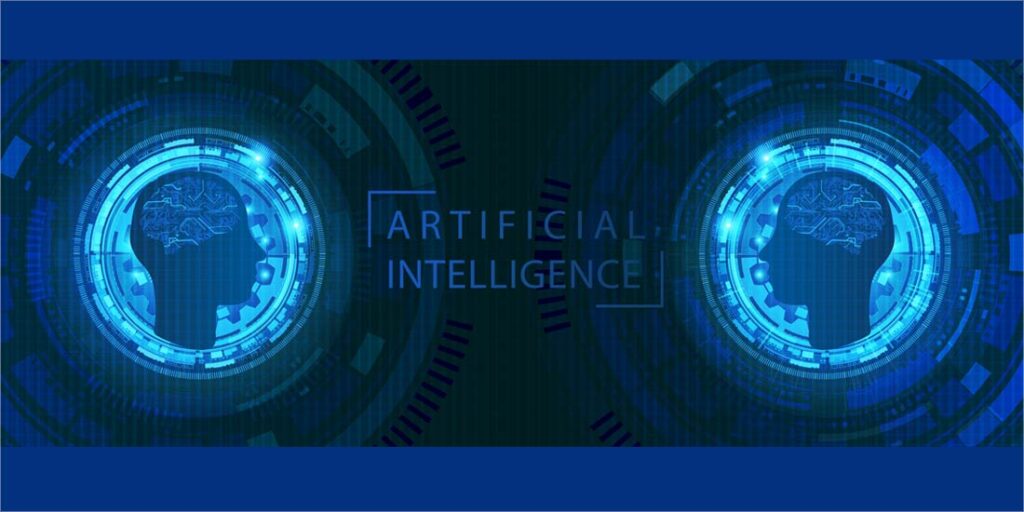As more sales enterprises invest in digital transformation to keep up in an increasingly competitive and digital world, artificial intelligence (AI) is at the forefront of their investments. According to Fortune Business Insights, the global AI market size is projected to grow from $387.45 billion in 2022 to $1.4 trillion in 2029.
In the last few months, the capabilities of DALL-E and ChatGPT have revolutionized AI’s perception. Their demonstration of natural language understanding and manipulation has driven a surge in enterprise demand for AI as companies see the many ways they can leverage the technology.
AI can transform and enhance sales operations by enabling enterprises to anticipate the future, boost efficiency through automation and make informed decisions using customer insights. What makes this possible is data. The more data, the better.
The Data Needs of AI Training
For AI to deliver the most value, it must be trained on high-quality datasets. The algorithm learns to identify different features present within that data. Over time, as AI processes more data, the output becomes more accurate.
The first successful AI sales use cases were built in B2C with data from millions of users. However, not every situation provides such a robust dataset. Fortunately, improved algorithms require less information to achieve good results. We’ve also gotten better at combining multiple datasets to create larger ones.
Enterprises face the challenge of limited data. Due to B2B’s nature, there are fewer users, customers and leads providing information. While B2C companies have millions of contributors, enterprises might have several thousand or fewer. This is where the ability to combine data sources becomes useful — it enables cross-customer learning to enhance AI output.
The Benefits of Cross-Customer Learning in AI
With cross-customer learning, AI can train on all available datasets across sales organizations. The technology allows the end-user to better understand all customer personas because it’s taking data from multiple sources instead of a single one, leading to a more robust range of information and strengthening AI’s overall impact.
Think of location sharing on Google. When many unrelated users driving on the same road share their location and speed data with Google, Google AI can aggregate that data into traffic predictions for all possible locations. This gives all users the ability to get the most updated road information. As a result, every driver can know if there’s an accident impacting their commute, construction on a specific route or driving time from point A to point B. This cross-customer (user) learning makes this possible.
These capabilities have been used in B2C for a long time. Your customer datasets provide valuable information for a marketplace advantage. Many B2B enterprises are already combining their information. To stay competitive, you must leverage all your data to obtain the most precise and helpful market insights.
Despite these benefits, some B2B enterprises hesitate to take the plunge.
Cross-Customer Learning Hesitancy
Cross-customer learning does have customer privacy and confidentiality implications to consider. For example, say you teach AI that Person X is a great buyer for Customer A. Then you sell that same AI system to Customer A’s competitor. The algorithm will suggest the same person as a buyer, hurting Customer A. Confidentiality and privacy must be primary considerations when building the system infrastructure. With proper thought and awareness, you can design privacy-safe AI algorithms.
If you are looking to get an enterprise on board with cross-customer learning AI, you must demonstrate the benefits to company performance while illustrating safety and privacy. Leveraging customer stories, case studies and benefit statements can support your case.
As digital transformation ramps up for sales enterprises everywhere, they increasingly turn to AI to lead the charge. Using cross-customer learning in AI will deliver more accurate predictions and elevate companies above their competitors.
About the Author

Oleg Rogynskyy is the CEO and founder of People.ai. Prior to People.ai, Oleg helped start and scale three AI companies, two of which, including Oleg’s own Semantria, were subsequently acquired. He has a passion for data science, machine learning, and text analytics. At People.ai, Oleg leverages these technologies to solve the age-old problem of measuring and optimizing sales productivity through sales activity data & AI.
Sign up for the free insideBIGDATA newsletter.
Join us on Twitter: https://twitter.com/InsideBigData1
Join us on LinkedIn: https://www.linkedin.com/company/insidebigdata/
Join us on Facebook: https://www.facebook.com/insideBIGDATANOW





Speak Your Mind